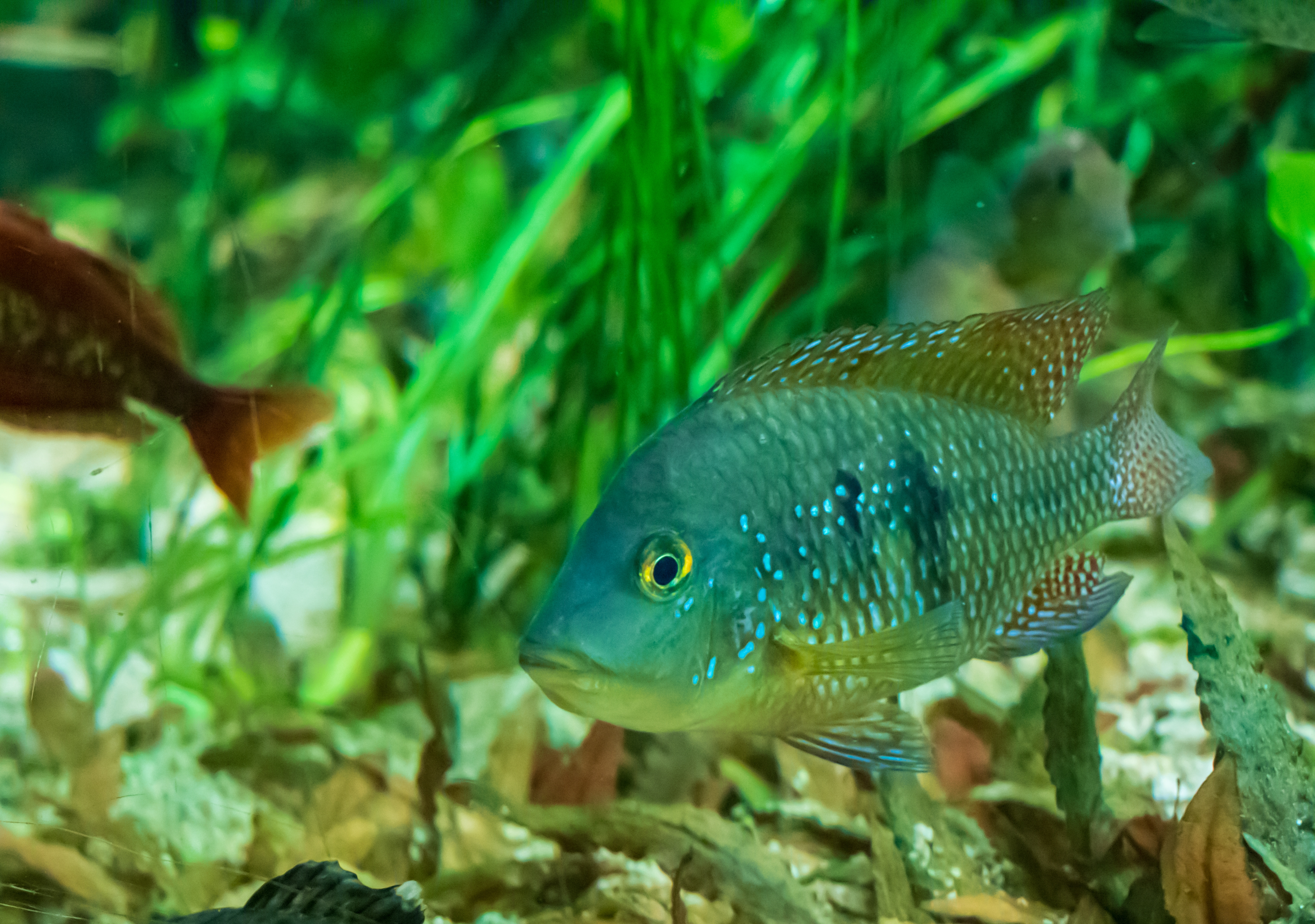Tracking Fish Populations in Hatcheries Using PIT Tag Readers

Strong 8k brings an ultra-HD IPTV experience to your living room and your pocket.
If you're working in aquaculture, wildlife conservation, or even freshwater research, you’ve probably heard the buzz about Passive Integrated Transponder (PIT) technology. It’s not just a trendy acronym—it’s transforming how hatcheries monitor fish populations. By using a PIT tag reader, hatcheries can now track individual fish with pinpoint accuracy, helping researchers and managers make better decisions.
Let’s dive deep into how these tag readers work, why they’re essential in hatcheries, and what this means for the future of fishery management.
Why Tracking Fish in Hatcheries Matters
Fish hatcheries are designed to support fish populations—either for commercial release, species recovery, or ecological balance. But here’s the catch: if you can’t track the fish, you can’t manage them effectively. Traditional tracking methods like fin clipping or batch marking are either invasive, inaccurate, or both.
Enter PIT tags—a high-tech solution to an age-old problem.
What Are PIT Tags?
PIT tags are small, implantable microchips (about the size of a grain of rice) that transmit a unique ID when scanned. Unlike GPS or radio tags, they don’t require a power source and can last for the entire life of the fish. Each tag is scanned using the tag reader, which identifies and logs that fish’s movement and data history.
This is especially useful in hatcheries where thousands—sometimes millions—of fish are bred, raised, and released. Tracking every fish manually? Impossible. But with the tag reader, it’s seamless.
How PIT Tag Readers Work in Hatcheries
These tag reader emits a low-frequency electromagnetic field. When a tagged fish passes within range, the chip in the PIT tag absorbs energy from the reader and transmits its unique ID. The reader then logs this ID, along with a timestamp and often the location.
There are two main types of PIT tag readers used in hatcheries:
Handheld PIT Tag Readers – Ideal for spot checks, sampling, and tagging fish during specific life stages.
Stationary PIT Tag Readers – Installed at water exits, sorting tanks, or migration points to collect continuous data without human intervention.
Real-Life Applications of PIT Tag Readers in Hatcheries
1. Monitoring Fish Growth and Health
Once a fish is tagged, every time it's scanned, managers can note its weight, length, and condition. Over time, this data paints a detailed health profile—critical for adjusting feed, identifying disease trends, or modifying breeding techniques.
2. Tracking Fish Movement
By placing these tag readers at key points—like raceway exits, feeder canals, or sorting systems—hatchery staff can monitor movement patterns. This data is invaluable when analyzing behavior changes, stress factors, or environmental influence.
3. Release and Recapture Studies
After release into rivers or lakes, many fish return to spawn. These tag readers at weirs or fish ladders detect tagged fish, helping researchers estimate survival rates, migration paths, and homing accuracy.
The Data Advantage: Smarter Management Decisions
Hatcheries generate massive datasets using these tag readers. But the real magic lies in how that data is used.
- With tools like R, Python, or telemetry software, managers can:
- Analyze survival rates across different tagging batches
- Compare growth rates under different feeding protocols
- Predict migration success using environmental variables
- Optimize breeding programs using individual fish performance data
This data-driven approach not only improves outcomes but also ensures hatcheries stay compliant with regulations and funding requirements.
Real Stats: PIT Tag Reader Success Stories
A study published by NOAA Fisheries showed that using PIT tags increased tracking accuracy of Chinook salmon by 95%, compared to traditional fin clipping. Another study by the Columbia River Basin project found that these tag readers helped reduce hatchery mortality rates by 17% due to improved health monitoring.
In Idaho, the Sawtooth Fish Hatchery tracked over 1 million fish using PIT technology in a single year, leading to a groundbreaking discovery: hatchery-reared steelhead had significantly different return rates than their wild counterparts. This led to key policy changes in hatchery management.
Sustainability and Conservation Benefits
Tracking individual fish with the tag reader isn't just about logistics—it’s about sustainability. When you know where each fish goes, how it grows, and when it returns, you can:
- Reduce overbreeding and wastage
- Improve survival outcomes after release
- Detect disease outbreaks early
- Protect endangered species with tailored interventions
For endangered fish like the Atlantic salmon or native trout populations, these insights can mean the difference between extinction and recovery.
Challenges to Consider
No system is perfect. Here are a few challenges hatcheries might face with PIT tag readers:
- Initial cost: Equipment and tag implantation can be pricey up front.
- Training required: Staff must be trained to use both handheld and stationary readers.
- Reader placement: Poor reader placement can lead to missed scans or faulty data.
- Tag loss: While rare, some PIT tags can be expelled or become unreadable over time.
But despite these challenges, the long-term benefits far outweigh the drawbacks, especially when scaled across years or multiple facilities.
Best Practices for Hatcheries Using these Tag Readers
To get the most out of your PIT tag reader setup, consider the following:
- Start small: Tag a representative sample of your population before scaling up.
- Integrate with software: Use data tools that can automate and visualize trends.
- Calibrate regularly: Check your readers monthly for performance accuracy.
- Train thoroughly: All staff should know how to scan, tag, and log data correctly.
- Work with partners: Collaborate with universities or wildlife agencies for funding and insights.
Future Outlook: What’s Next for PIT Tag Technology?
The future is even brighter. New PIT tag readers are being developed with cloud integration, allowing real-time updates from remote hatcheries. There’s also work underway to miniaturize tags for smaller species like smolt or even juvenile fry.
AI-based pattern recognition is being tested to flag anomalies in fish movement—helping detect disease or stress before it's visually apparent. And with rising interest in sustainable fisheries, expect PIT tech to become standard in most hatcheries worldwide.
Conclusion
In a world where data and sustainability go hand in hand, these tag readers are proving to be a game-changer for fish hatcheries. They help ensure better tracking, healthier populations, and smarter decision-making—bringing us closer to a future where conservation and productivity go together.
So whether you're managing a large-scale hatchery or researching fish behavior in a local stream, investing in a PIT tag reader might be the smartest move you make.
Note: IndiBlogHub features both user-submitted and editorial content. We do not verify third-party contributions. Read our Disclaimer and Privacy Policyfor details.







